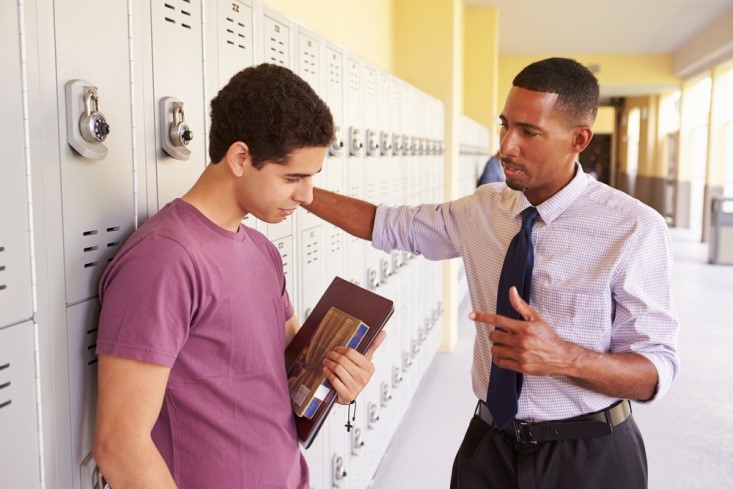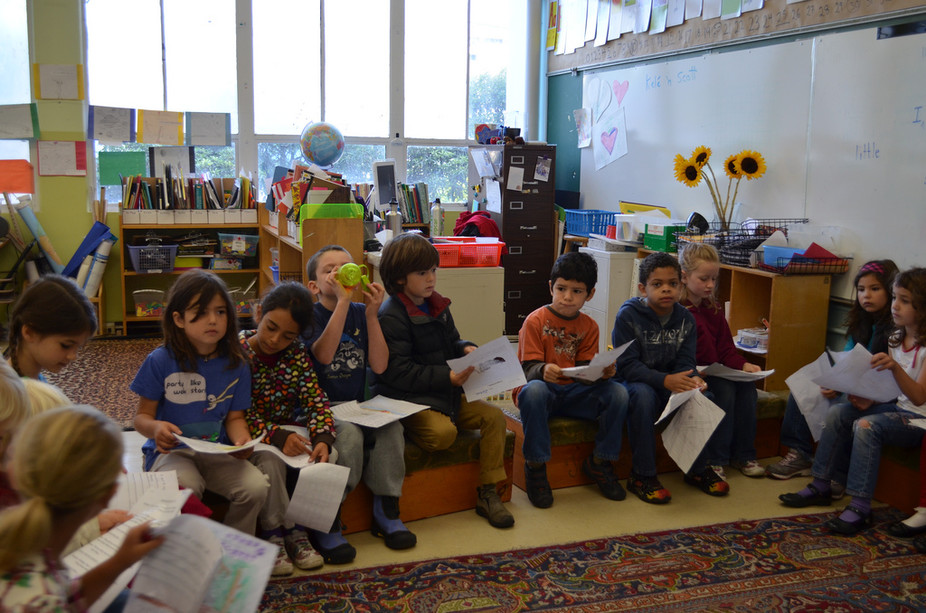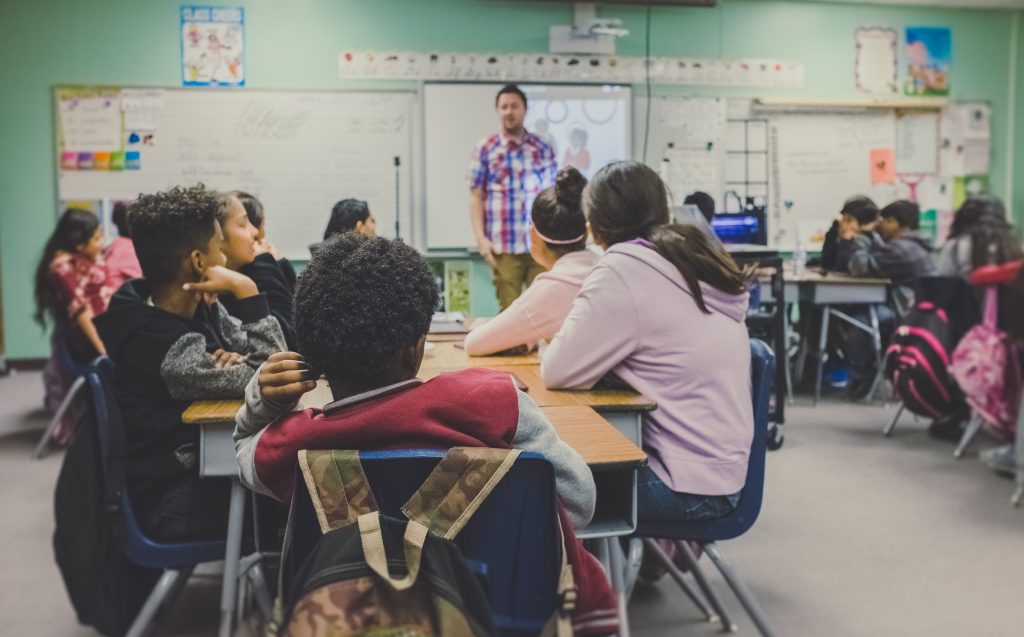Are you looking for strategies to help students who have problems with learning activities that require listening? If so, keep reading.
1. Get the student to record directions, explanations, and instructions so that they may replay information as often as needed.
2. Let the student record information from lectures and make notes from these recordings.
3. Provide a predetermined signal prior to bells ringing, announcements being made, etc.
4. Take into account the student’s capacity and ability level and experience before expecting the student to be successful in learning activities that require listening.
5. Refrain from placing the student in situations that require listening for an expanded duration of time, such as lectures, seminars, etc. Give supplemental information through a recording or lecture notes.
6. Refrain from seating the student near people with whom they may be enticed to talk to during lectures, guest speakers, group projects, etc.
7. Be firm, fair, and consistent, expecting the student to listen. Hold the student responsible for not listening to essential information.
8. Use the student’s name prior to bells ringing, announcements being made, instructions being given, etc.
9. Ask the student for an instant repetition of instructions.
10. Minimize the number of visual distractions around the student (e.g., move the student’s work area away from windows, doors, computer area, etc.).
11. Coordinate individual tasks when the group setting is overly distracting.
12. Provide instructions to the student individually.
13. Make sure that competing sounds (e.g., talking, movement, noises, etc.) are silenced when instructions are being given, public address announcements are being made, etc.
14. Provide instructions in a compassionate rather than a menacing manner (e.g., “Please repeat the instructions given,” rather than, “Tell me what I just said!”).
15. Provide oral instructions prior to handing out learning materials.
16. Provide information to the student slowly.
17. Show appropriate listening behavior (e.g., sit up straight, eyes on the speaker, etc.).
18. Show directions, explanations, and instructions as they are presented orally (e.g., use the smartboard to work a problem for the student, begin playing a game with the student, etc.).
19. Let logical consequences happen (e.g., miss tasks, miss information regarding a school event, etc.) due to the student’s failure to follow instructions.
20. Give learning activities designed to teach listening skills.
21. Read this article that we wrote on developing listening comprehension skills.
22. Read this article that we wrote explaining why verbal comprehension skills are important to academic success.
23. Read this article that we wrote on what you should do when your child struggles with verbal comprehension.











